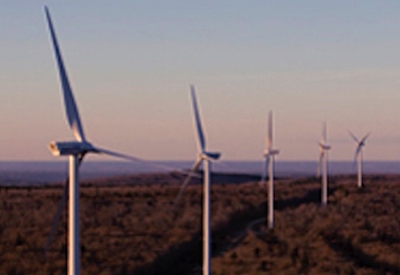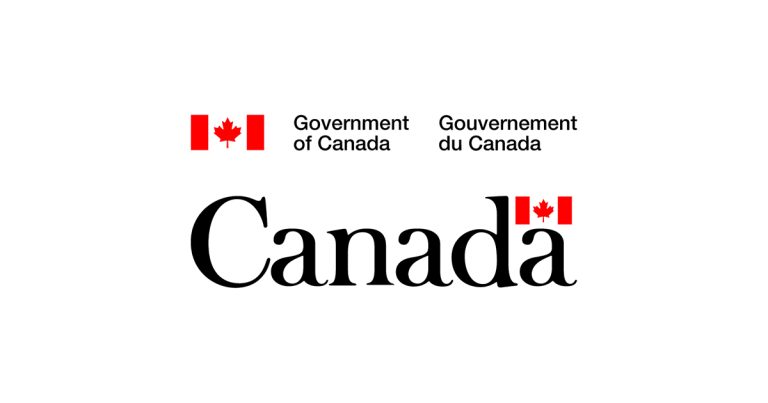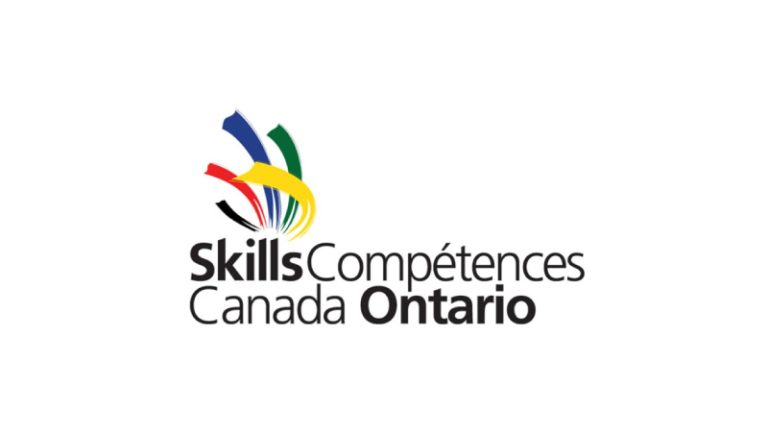Alberta’s Renewable Electricity Program has Resulted in the Lowest Ever Price for Wind Energy in Canada

December 14, 2017
The Canadian Wind Energy Association (CanWEA) commends the Alberta Electric System Operator (AESO) and the Government of Alberta for the successful implementation of the first phase of its Renewable Electricity Program (REP), which has resulted in the lowest-ever price for wind energy generation in Canada.
The AESO will secure power from three new wind energy projects representing approximately 600 megawatts (MW) of capacity at an average price of $37 per megawatt-hour. The companies behind these projects have each signed a 20-year Indexed Renewable Energy Credit (IREC) agreement with the AESO, providing predictable revenues while protecting Albertans against increases in the price of power. Under the IREC, when the market price is lower than the contracted price, the generator will be paid the difference and when the market price is higher, generators will be required to pay back the difference to the government.
The competitive nature of this procurement process was critical to achieving a low-cost result. In total, 29 projects representing over 4,000 MW of renewable energy were qualified to participate in this initial process, and the great interest shown by renewable energy producers means that Alberta is well positioned to succeed in its goal of procuring 5,000 MW of new renewable energy in the province by 2030. The wind energy industry looks forward to details on the schedule of future procurements for new renewable energy and will be active participants in the process.
Today’s announcement represents the first step towards implementation of the Alberta Climate Leadership Plan objective for 30 per cent of Alberta’s electricity demand to be met with non-greenhouse gas emitting renewable energy by 2030. It has been estimated that meeting this objective will result in:
- $3.6 billion in local spending on project development and construction;
- $137 million in operations and maintenance spending in Alberta;
- 14,862-person-years of direct employment; and
- $25.5 million in municipal property taxes and $13.5 million in land lease payments to Alberta land owners, as well as opportunities for local business.
“CanWEA was pleased to see such a large response to this initial phase of the Renewable Electricity Program. The results demonstrate that wind energy is cost competitive with all other generation sources and provides excellent value for Albertans as the province moves to reduce greenhouse gas emissions throughout the economy. The wind energy industry is well positioned to play an important role in providing clean, reliable and affordable energy for Albertans as the province moves to ensure that 30 per cent of its power is produced by renewable energy sources in 2030 and will be active participants in future procurement processes undertaken in support of this objective.
– Robert Hornung, president, CanWEA
“Today’s announcement reflects a competitive and sustainable wind energy industry that is well positioned to meet Alberta’s ambitious renewable energy goals. Alberta has always been a leader in Canadian wind energy development, and will continue to be the largest market for new wind energy for at least the next decade. The wind energy industry looks forward to working collaboratively with the Alberta government, the AESO and host communities as we move forward with the projects announced today.”
– Evan Wilson, Prairies regional director, CanWEA
- The recently released Alberta Supply Chain Study finds that new wind energy projects resulting from the Albertagovernment’s Renewable Energy Plan are estimated to result in $8.3 billion of investment in the province. These projects are expected to result in $3.7 billion in local spending and 15,000 job years of employment by 2030.
- Alberta has 1,479 MW of wind energy, the third largest installed capacity among Canadian provinces. Wind currently supplies about six per cent of the province’s electricity demand, and Alberta’s target of 30 per cent renewable electricity by 2030 has made it the leading market for new wind energy development in Canada. To learn more, please visit the Wind Markets section of CanWEA’s website.









![Guide to the Canadian Electrical Code, Part 1[i] – A Road Map: Section 52 — Diagnostic imaging installations](https://electricalindustry.ca/wp-content/uploads/2022/11/Guide-CE-Code-2.png)






